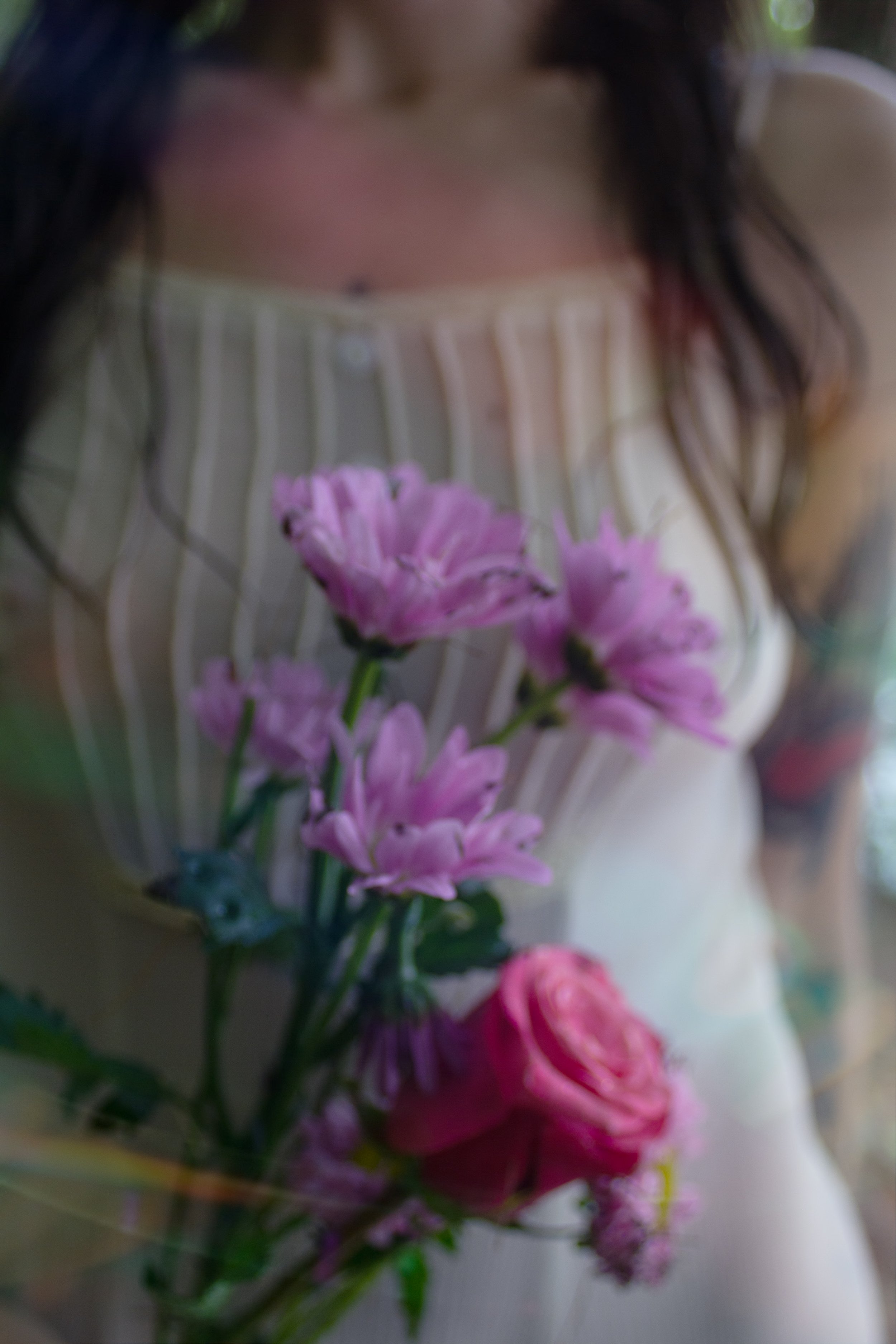
ophelia, awake
Ophelia. A name we all recognize—a story we think we know. The heartbroken maiden, unraveling into madness, drowned in a river. Whether by accident or choice, Shakespeare never says. He leaves her end open, passive, interpretive.
And yet, Ophelia has become so much more than a character. She’s an archetype that has captivated artists for centuries—Pre-Raphaelite painters, novelists, musicians. Preserved in youth, she’s been transformed into a muse: dreamy, tragic, unreachable. Immortalized not in her fullness, but in her fragility.
She lives on a spectrum of “what women can be.” She is one of the few roles women are offered. Here, we will explore those options.
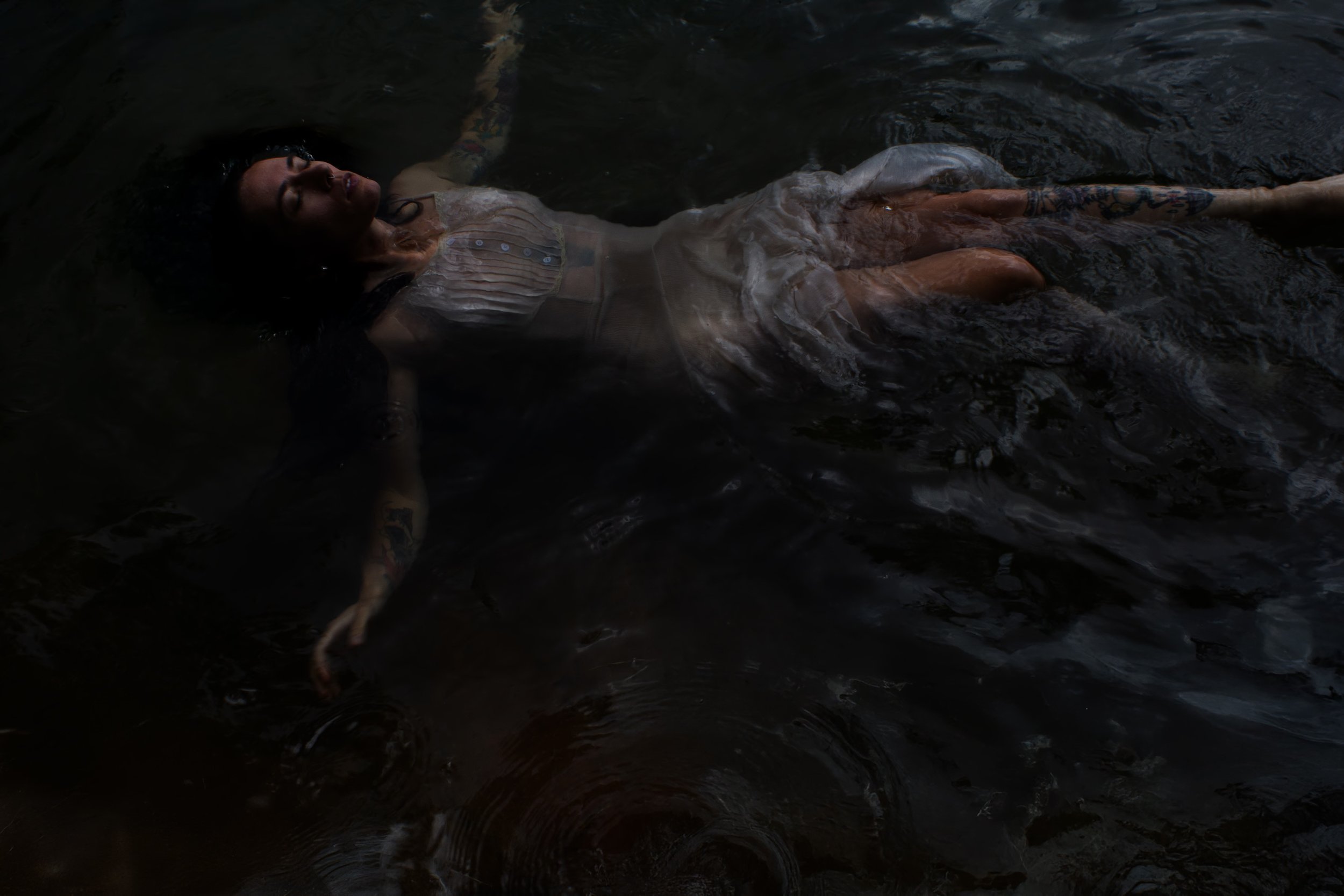
option a:
the romanticized martyr
The soft descent into madness, the sorrowful drowning. Killed by heartbreak, worshiped in death. Never allowed to live wildly or love fully, but preserved—on canvas, in song, in scribbled lines of poetry. A symbol of beautiful suffering. Polished, palatable pain.

option b:
the feral queen
If you survive the heartbreak, the overwhelming emotion of life, you come back sharp. You burn. You scream. You become the vengeful bitch, the raging crone. Not soft, not tragic—just uncontainable. Too much. Too angry. Too far gone. Crowned the Queen of Fury and all things Feral.

option c: the vanishing point
You don’t die or destroy. You retreat. Quietly.
A photo here, a torn journal entry there. You leave traces, but never your full self. You disappear before you’re forced to choose between collapse or combustion.
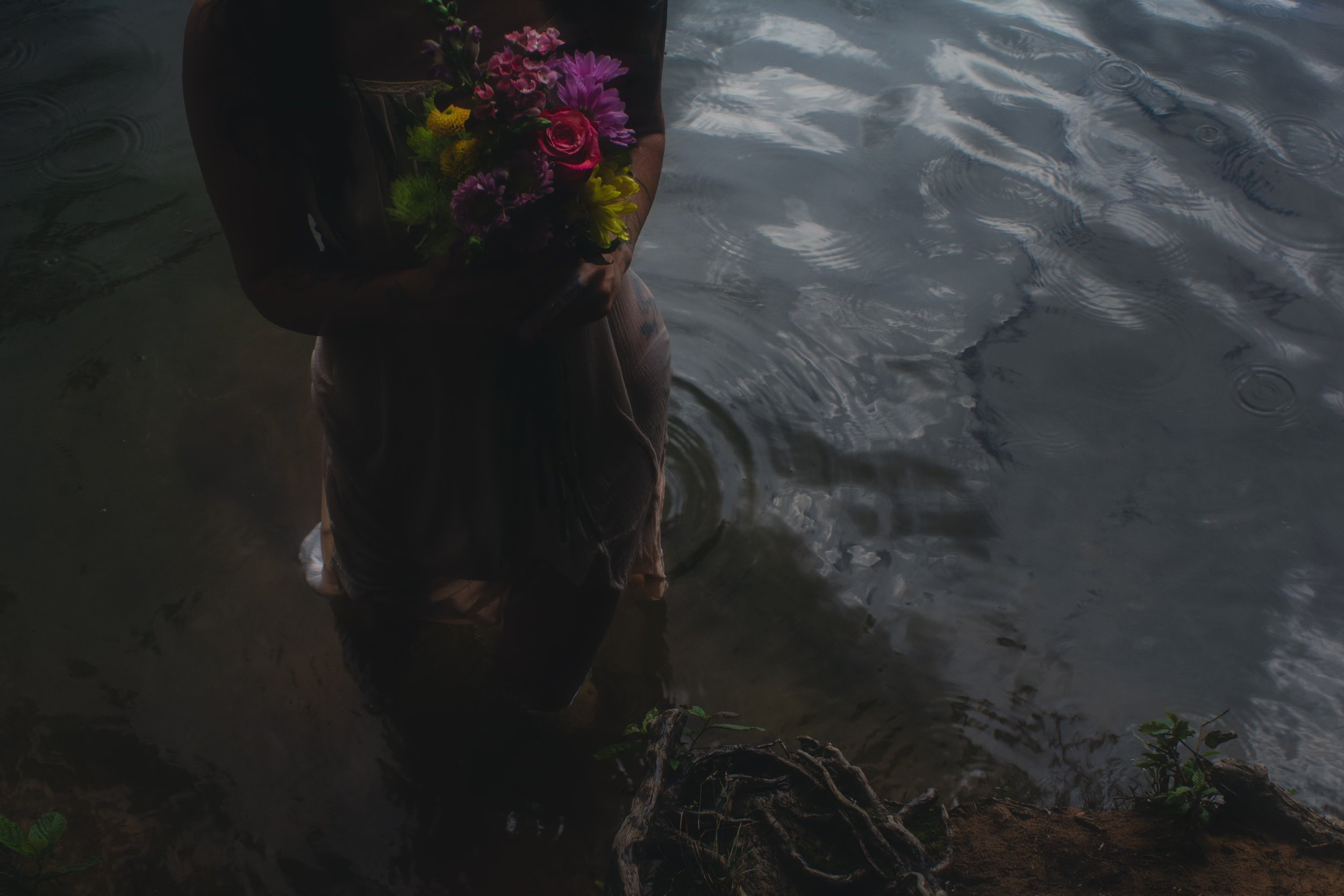
This is the story women have been handed for generations:
Die quietly, broken and mad like Ophelia, or claw your way back from the edge and be crowned Queen of Rage, Queen of the Feral. Either way, you’re alone. Either way, you're squeezed into a frame that can’t hold even a sliver of who you truly are. I’m not satisfied with these options—or with the numb middle ground meant to keep us from tipping too far in either direction. I want to offer another path. But first, let’s look at the archetype we’ve inherited.

I was 17 when I first saw John Everett Millais’ Ophelia, and it shook me.
The contrast was haunting—lush flowers, a peaceful river, and a woman floating still, palms open, a breath caught on her lips. I needed to know her. Why did I feel so connected—and so angry?
Ophelia: daughter of Polonius, sister to Laertes, Hamlet’s love, and ultimately a casualty of unchecked patriarchal power. A fictional girl who’s become a timeless archetype, the symbol of femininity collapsed in on itself.
Millais painted her in 1851, as part of the Pre-Raphaelite Brotherhood—a group of artists, poets, and critics who wanted to return to naturalism and spiritual contemplation through art. His Ophelia became a visual elegy: not madness or decay, but devotion, serenity, surrender. She floats, arms open, as if offered back to the earth.
The Pre-Raphaelites adored this kind of femininity—delicate, emotional, dying. A woman at her most powerful, only in her unraveling, non-threatening. And so, Ophelia became the ideal: destroyed by love, made beautiful in death.
But in that romantic lens, the pain is erased. The heartbreak, the madness, the fire—all softened into something dreamy and palatable. What remains is a girl silenced, stripped of experience, smoothed into a symbol that can be framed and admired—but never fully seen.
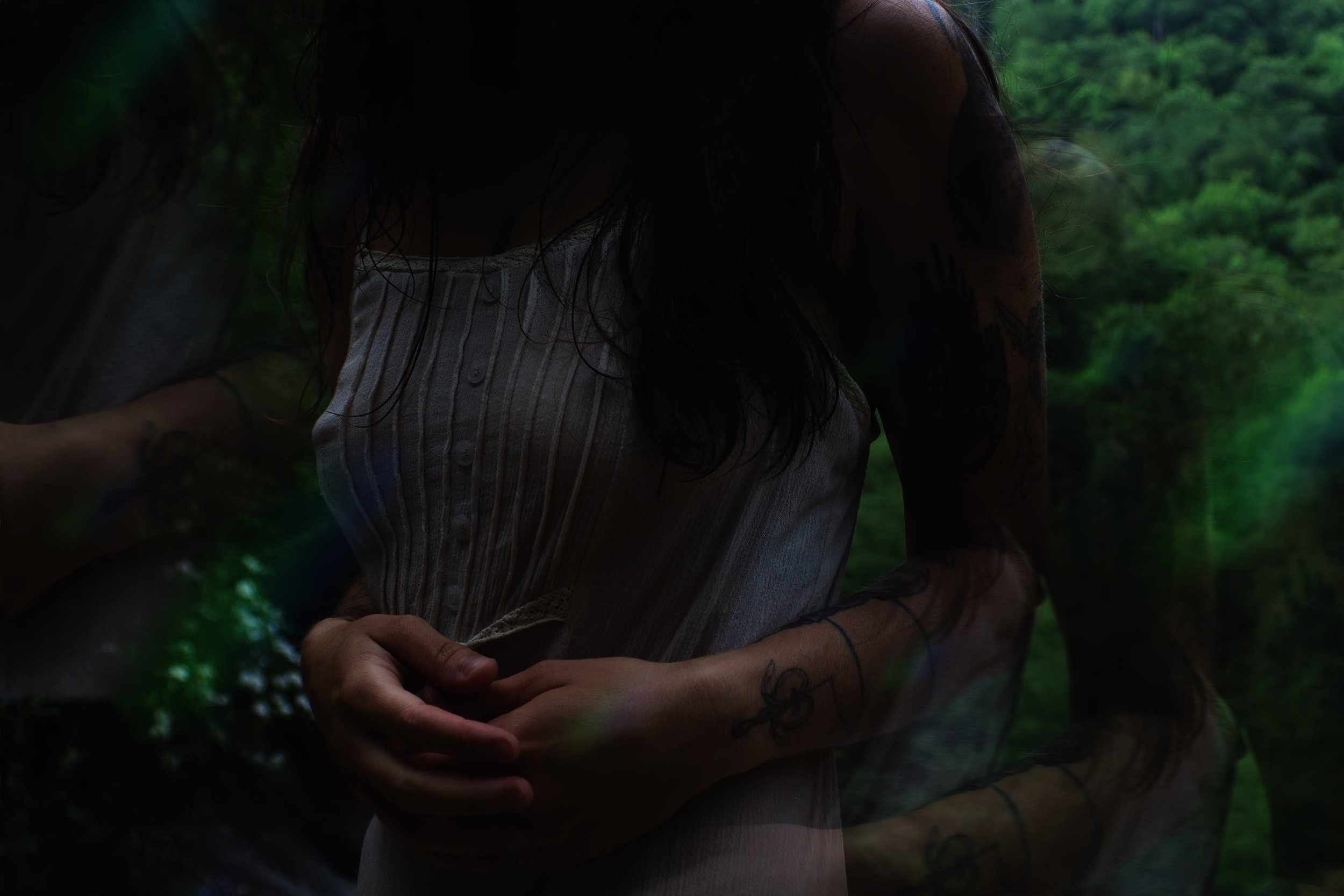
While Millais’ Ophelia is the most iconic, he’s far from the only one to immortalize her.
Pierre Auguste Cot leans into her madness and eerie stillness in Ophelia / Pause for Thought. Odilon Redon’s Ophelia Among the Flowers buries her in surreal blooms, more ghost than girl. Salvador Dalí’s Ophelia’s Death renders her nearly invisible, a presence you have to search for. And then there’s Carlos Ewerbeck’s Ophelia at River’s Edge—scantily clad, hyper-sexualized, breasts exposed, fuckable.
Across these depictions, we’re shown fragments: a woman consumed by grief, insanity, desire. But not a full person. Not her humanness. We get beauty, eeriness, eroticism—or nothing at all.
As I mentioned earlier, women are still handed narrow roles, narrow canvases, impossible molds. None of them reflect our full spectrum. (To be clear, this limitation isn’t exclusive to women—it applies to anyone who feels deeply—but for now, I’m focusing here, as a woman, telling a woman’s story.)
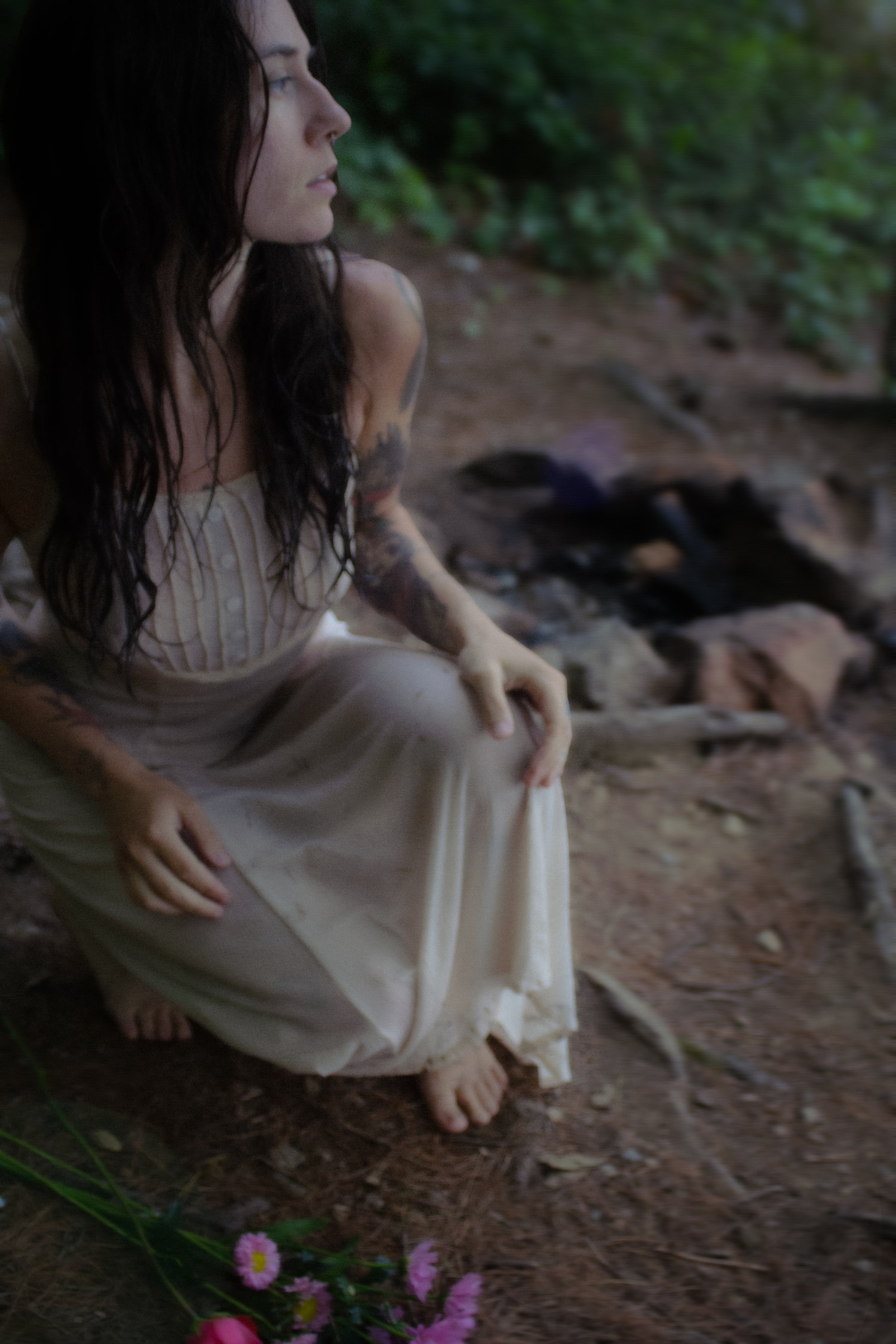
Madeleine Lemaire’s Ophelia is a disturbing twist on the archetype: wild-haired, breasts bared, eyes crazed.
Painted by a woman, it adds complexity. Her madness isn’t just emotional—it’s sexual. Shakespeare never confirms that Hamlet and Ophelia were lovers, but the subtext is there. In Act IV, she sings:
“He let in the maid, but she wasn’t a maid when she departed…
She said, ‘Before you slept with me, you promised to marry me.’
He replied, ‘I would have, had you not come to my bed.’”
Women know this hypocrisy well. We’re expected to be desirable, silent, taken—but punished for wanting. The second message in Lemaire’s work is, in some ways, more chilling: feel too much, and you will unravel. Love too deeply, and you will go mad. This is the warning: feel → descend → break. Or disappear silently, beautifully, into the depths.
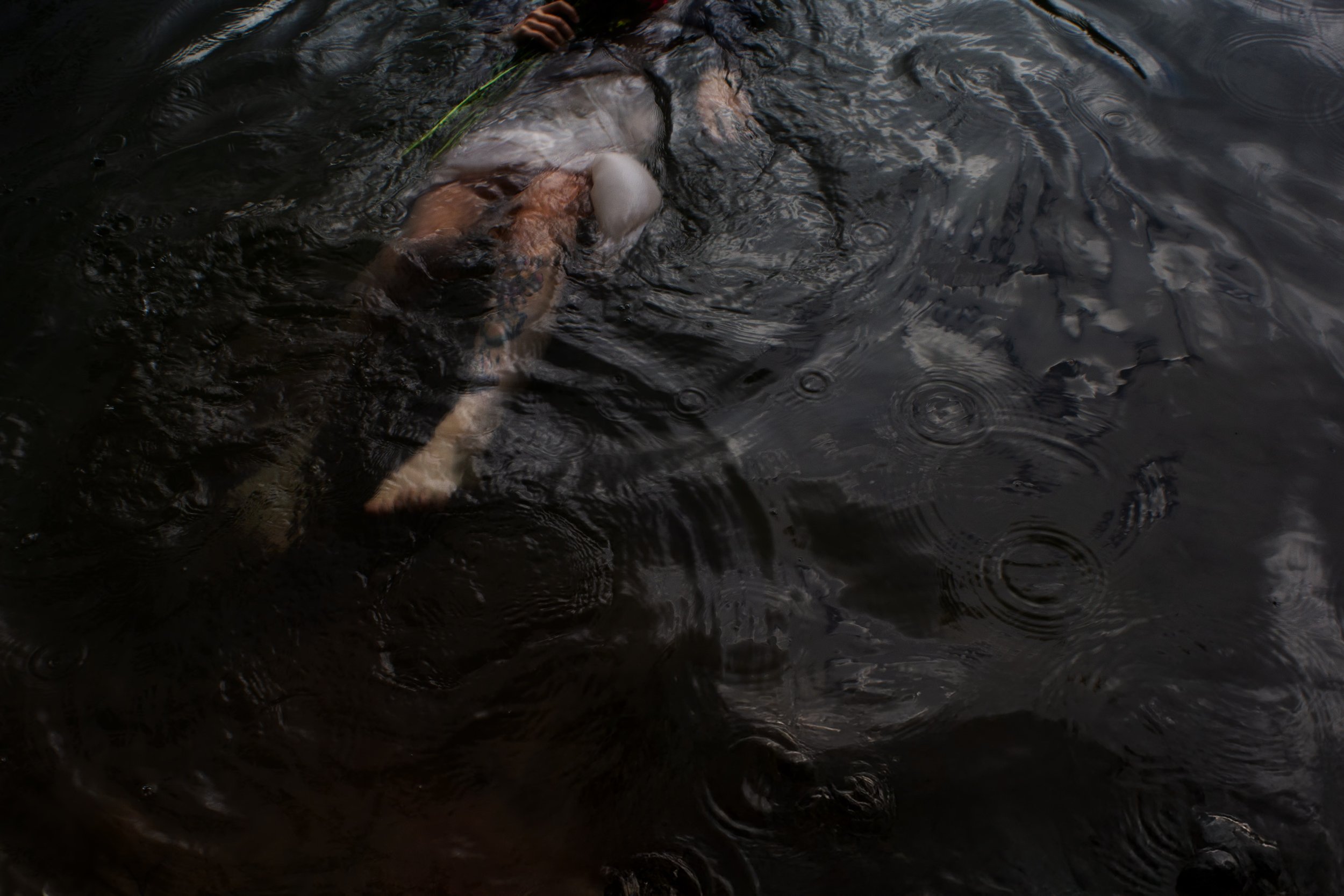
Leonor Fini’s The Useless Dress takes it even further.
Ophelia’s body floats, encased in a dress like fire. The title references both the gown that dragged her down and the wedding dress she never wore. Here, Ophelia is sealed in her rage, never the glowing bride—only a burning symbol for all those who feel too much, know too much, and are condemned to a watery grave for it.

Water has long been tied to the feminine:
intuition, emotion, mystery, the subconscious, the womb.
It is the source of life—and in myth and depth psychology, the realm of the soul. But water is also where women drown.
In Jungian terms, descending into water is a journey into the unconscious. It’s meant to be an initiation, a rebirth. But in Ophelia’s story, there is no return. She doesn’t surface. The water is not a womb—it’s a tomb. She becomes trapped in the archetype that was meant to free her. Her beauty is finally seen only in stillness. Her madness is not understood, only aestheticized. Her death becomes an offering to a culture that worships feminine suffering while silencing feminine voice.
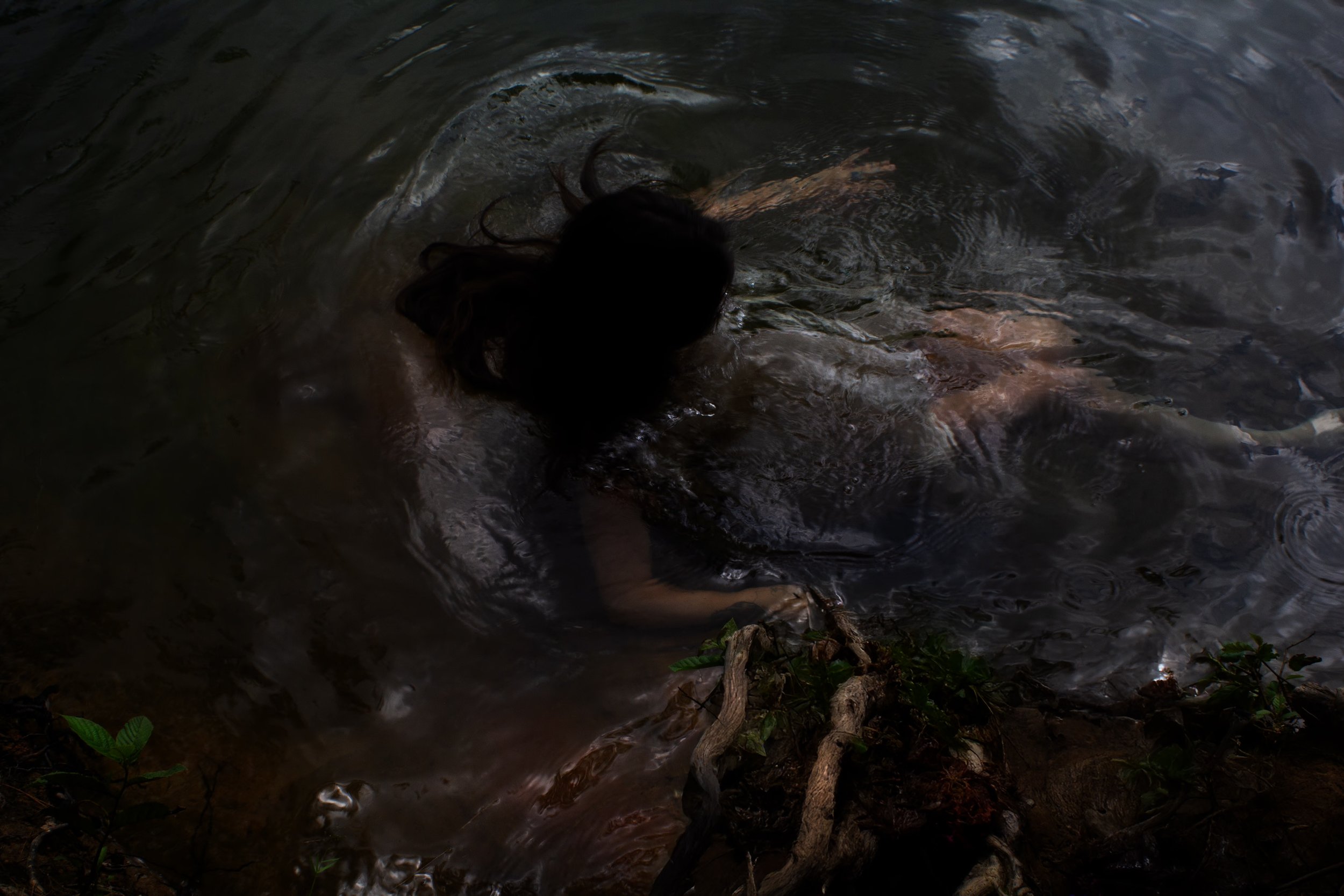
This is the shadow side of the eternal feminine—how it’s been weaponized. Woman as muse, not maker. Mirror, not self. River, but never current.
Take Elizabeth Siddal, the real woman behind Millais’ Ophelia. She modeled by lying in a bathtub as he painted, day after day through the winter. She fell ill with pneumonia—a chilling echo of the very role she embodied. Like Ophelia, Siddal was romanticized, idealized, and ultimately silenced.
Though best known as a model for the Pre-Raphaelites, Siddal was a prolific artist and poet in her own right. Between 1852 and 1861, she created over 100 works—none published in her lifetime. Her art delved into grief, loss, and the impossibility of love. She didn’t romanticize death or decorate heartbreak in flowers. She was real. She was honest.
But her voice was overlooked in favor of her myth. When she died of a laudanum overdose at 32—whether accident or suicide—she was praised and frozen in time, made beautiful in death. Her multidimensional humanity flattened into a symbol of tragic femininity.
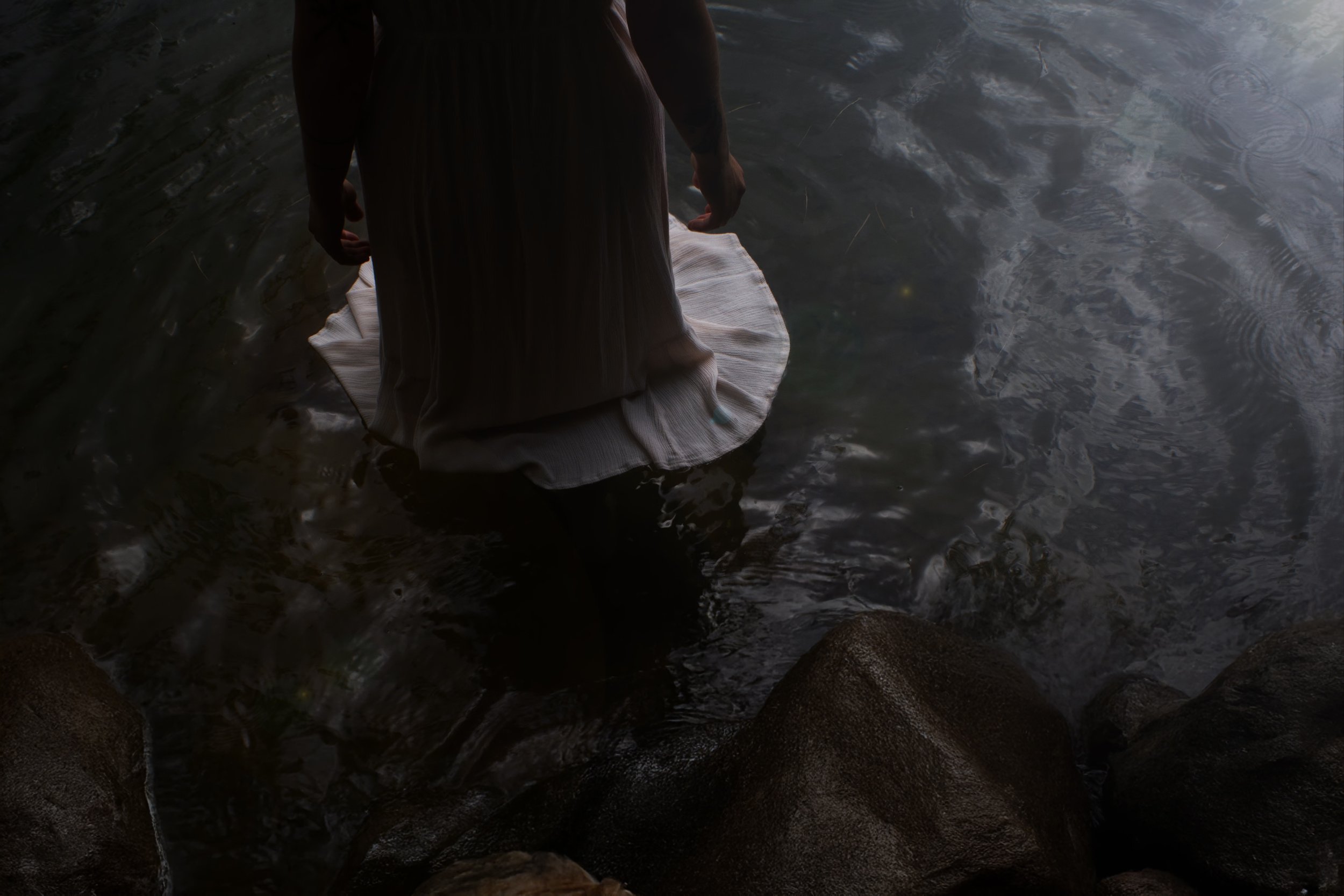
We’re told water is feminine. That to be like water is to be in sacred surrender, to soften, to receive.
But when femininity is reduced to forced surrender, the river becomes a cage. The archetype becomes a trap. What was once sacred becomes suffocating.
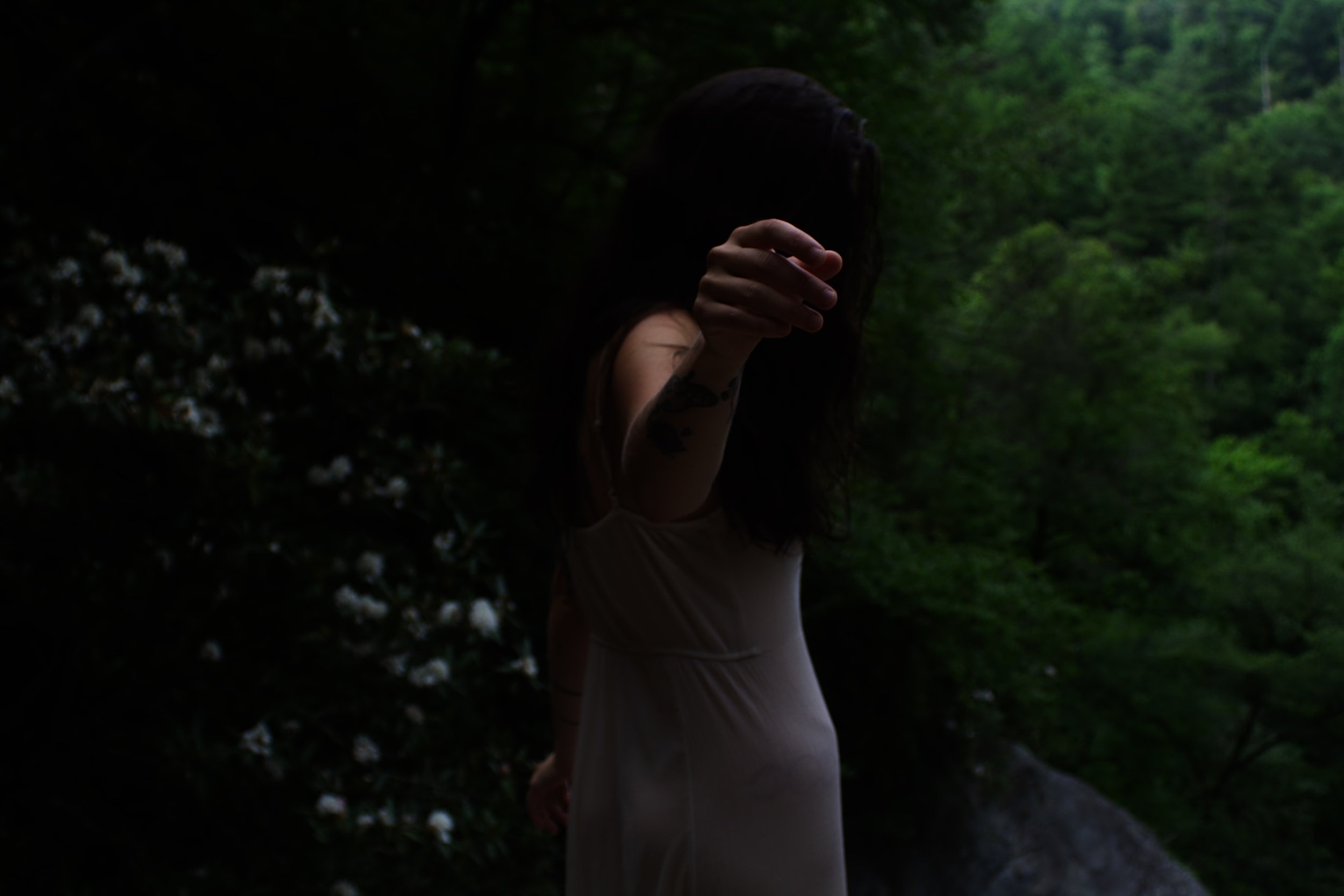
Ophelia’s tragedy isn’t just personal—it’s collective. It’s the myth we keep repeating.
The way we reward women for staying small, soft, and silent. For not fighting the current.
But what if water could also rage?
What if the eternal feminine isn’t Ophelia, floating in surrender—
but the flood that breaks the dam?
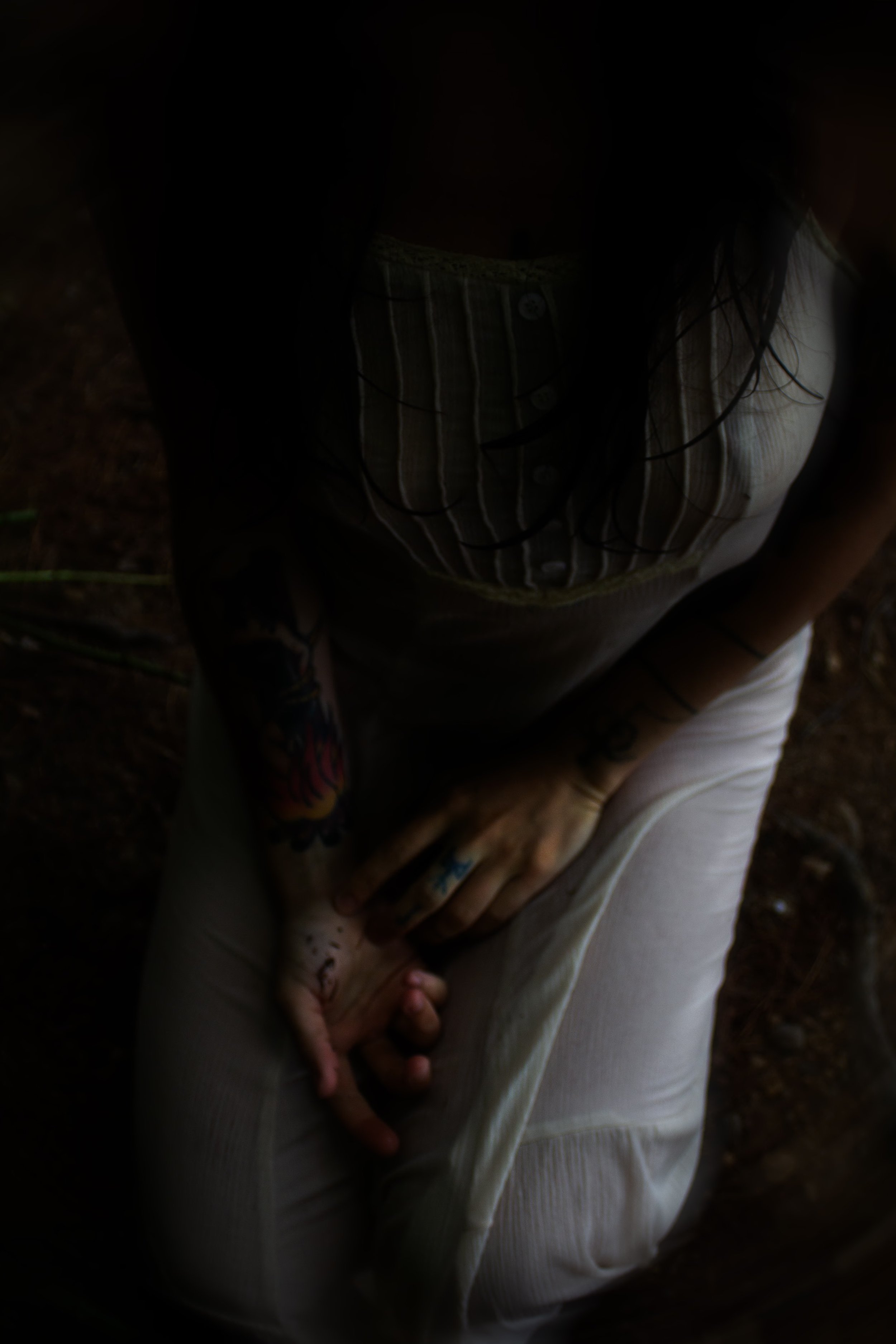
Francesca Woodman is perhaps the most literal continuation—our contemporary Ophelia. Known for her haunting black-and-white self-portraits, Woodman’s work is deeply psychological, exploring invisibility, identity, and disintegration. Blurred bodies, decaying spaces, mirrors, and water fill her images—visual elegies for female disappearance. Often found in stairwells, ruins, and thresholds, she occupies the liminal—between life and death, girlhood and erasure. Like Ophelia, Woodman was reduced to a tragic genius after her suicide at 22, beloved in death, overlooked in life. Her work refused the fixed, objectified female image—choosing instead to photograph herself vanishing. She lived within the parameters of Option C: The Vanishing Point—internalized, restrained, digestible. Alive, but fading. Alone.
“I feel like I am floating in plasma
I need a teacher or a lover
I need someone to risk being involved with me.
I am so vain
and I am so masochistic.
How can they coexist?”
-Francesca Woodman
Enter a cast of modern Ophelias: Francesca Woodman, Tori Amos, Florence Welch, and Natalie Merchant.
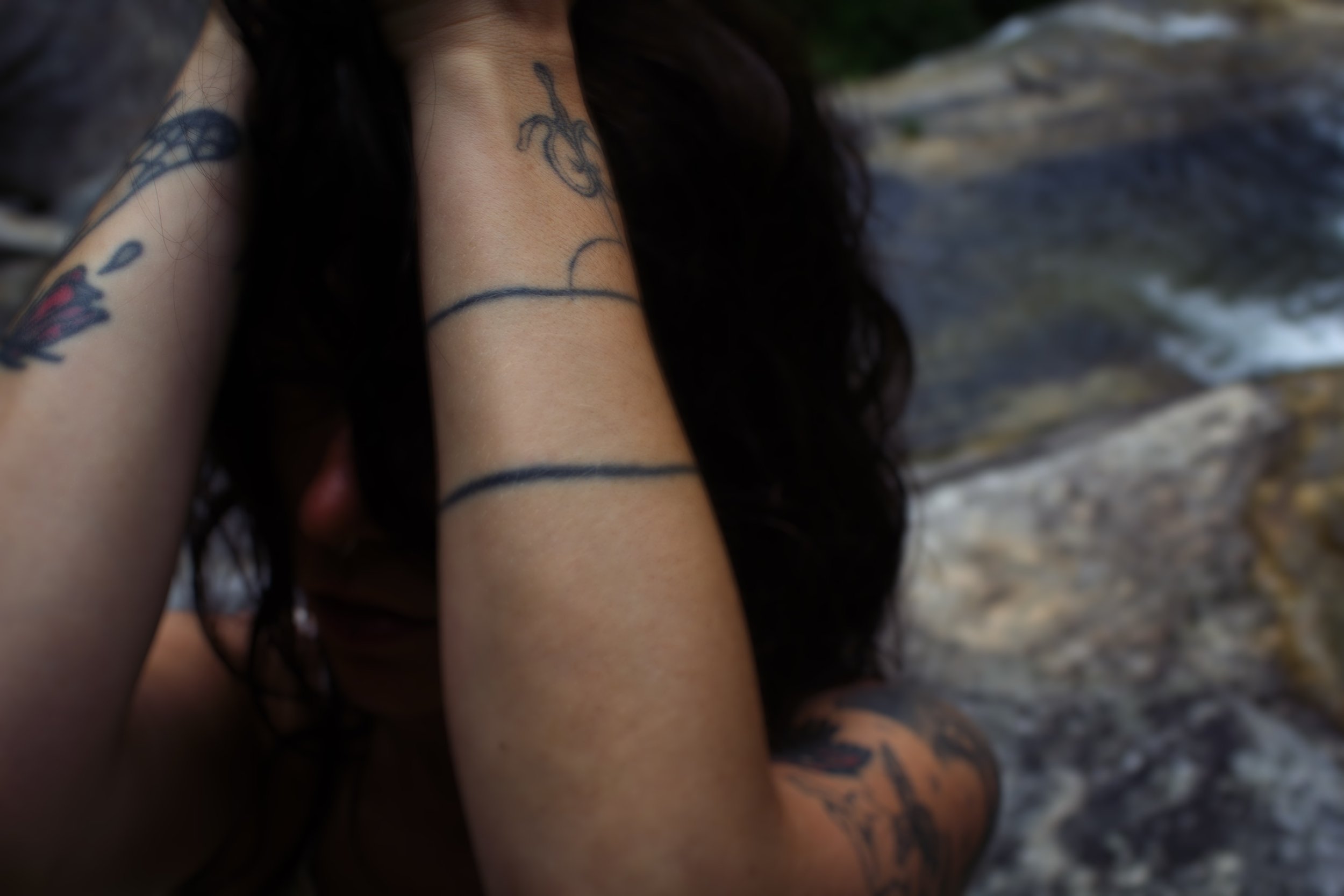
Known for her mythic, haunting songs about trauma, rage, and the feminine divine, Tori’s lyrics explore themes of fragmentation, emotional violation, and the reclamation of power- central to Ophelia’s narrative. In songs like “Girl”, “Crucify”, and “Caught a Lite Sneeze”, she channels the pain of being broken open by the world. She does not shy away from the dark depths of emotion that life can offer. She does not quiet her voice, but rather allows all of it: the fragmentation, the disappearing, the feral rage, the deep insurmountable love to climb up and tear out of her throat. In her 1996 album Boys for Pele explores rage, religion, and female agency- a resurrection in song of Ophelia from the water, crowned in fire instead of lilies. The lyrical part two of Leonor Fini’s The Useless Dress. Here, we have Option B: The Feral Queen.
Tori Amos gives voice to the madwoman reborn.

Florence Welch dances somewhere between. Dressed in flowing gowns, she resurrects the aesthetic of the drowned maiden—otherworldly, trembling with emotion.
In “What the Water Gave Me,” she references both Ophelia and Virginia Woolf (yet another woman lost to the deep river): “Lay me down, let the only sound be the overflow, pockets full of stones.” Love is overwhelming. Feeling is too much for the body to hold.
In “Drumming Song,” she gasps, “As the water filled my mouth, it couldn’t wash the echoes out... I swallow the sound and it swallows me whole.” While her album Dance Fever flirts with ferocity, Welch often returns to the edge—longing, haunted, never fully free. In “Dream Girl Evil,” she asks, “Am I your dream girl? Think of me in bed. You could never hold me, You like me better in your head... Make me evil, then I’m an angel instead. At least you’ll sanctify me when I’m dead.”
A modern retelling of Ophelia’s bind: punished for desire, sanctified in absence. Option A? Option B? Or somewhere in the void of Option C Woodman once occupied?
“And have I learned Restraint?
Am I quiet enough for you, yet?”
-Restraint, Florence and the Machine
“

Natalie Merchant offers a reframing. In her 1998 concept album Ophelia, she multiplies the archetype, imagining Ophelia not as one woman, but many: martyr, seductress, saint, sinner, warrior.
The album’s opening track introduces a mythic everywoman, her voice layered with spoken word in different languages, stretching across history and identity. This Ophelia doesn’t drown—she wanders, transforms, speaks. Songs like “My Skin” and “Frozen Charlotte” uncover the quiet sorrow and resilience behind the mask. Rather than shattering into silence, Merchant’s Ophelia reassembles herself through song. She becomes seeker, storyteller, soul-mirror. She reclaims vulnerability as wisdom, not weakness. Still, the final lines of Track One (titled Ophelia) echo the archetype’s pull:
“Ophelia’s mind went wandering, you’d wonder where she’d gone.
Through secret doors, down corridors, she wanders them alone. All alone.”
Even here, Ophelia remains haunted by solitude. The question lingers:
Is there another way out—or are we still choosing between disappearing, raging, or walking the corridors alone?

And this is the truth: no matter which option we choose—A, B, or C—we’re left to wander alone.
Choose the Romanticized Martyr, and we drown in sorrow, only to become art. The manic pixie dream girl, the Pre-Raphaelite muse, the woman who feels too much and dies for it—then gets canonized. Society fetishizes our pain, but only when it’s quiet. We're rewarded with immortal beauty, but the cost is life itself. Pain is only seen as valuable if it destroys us.
Flip the script and become the Feral Queen, and we still lose. We're no longer respected—we're feared. We become the Vengeful Bitch: women who channel grief into rage because the world left us no softness. We're not romanticized, we’re demonized. We get the illusion of power, but the price is tenderness and connection.
And if we choose neither—to retreat—we disappear. Still breathing, still circling connection, but never truly touched. Alive, but unseen. We reach the Vanishing Point.
These aren’t real choices. Each one demands we abandon something vital. They’re cultural scripts, written by systems that thrive on women—on deep feelers—being fragmented, half-present, or punished for taking up space in their fullness. Systems that prefer we remain quiet, alone, or just broken enough to be beautiful.
So I’m offering another path:
Ophelia, Awake.
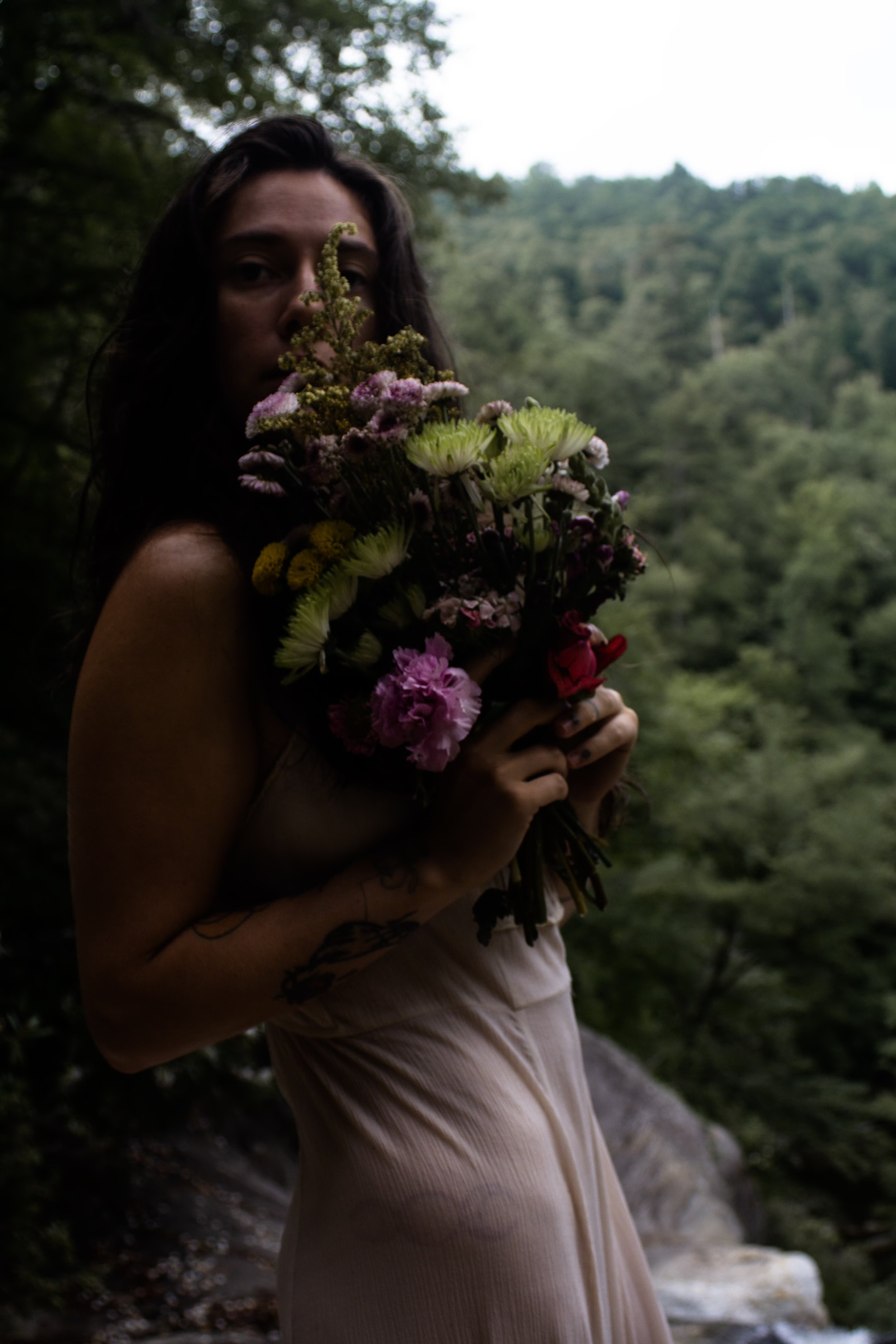
Here, we don’t martyr our softness or weaponize our pain.
We don’t vanish. We don’t collapse. We don’t have to explode just to be seen.
Here, we feel everything—and still stay rooted in ourselves.
We rage, and still receive love.
We grieve, and still choose to live.
Fully. Fiercely. Unapologetically.
Not as muses. Not as monsters. Not as ghosts.
But as women who hold multitudes—grief and joy, chaos and clarity, fire and stillness.
We do not need to be beautiful in our suffering.
We do not need to shrink to be loved.
We do not need to be alone just because we are whole.
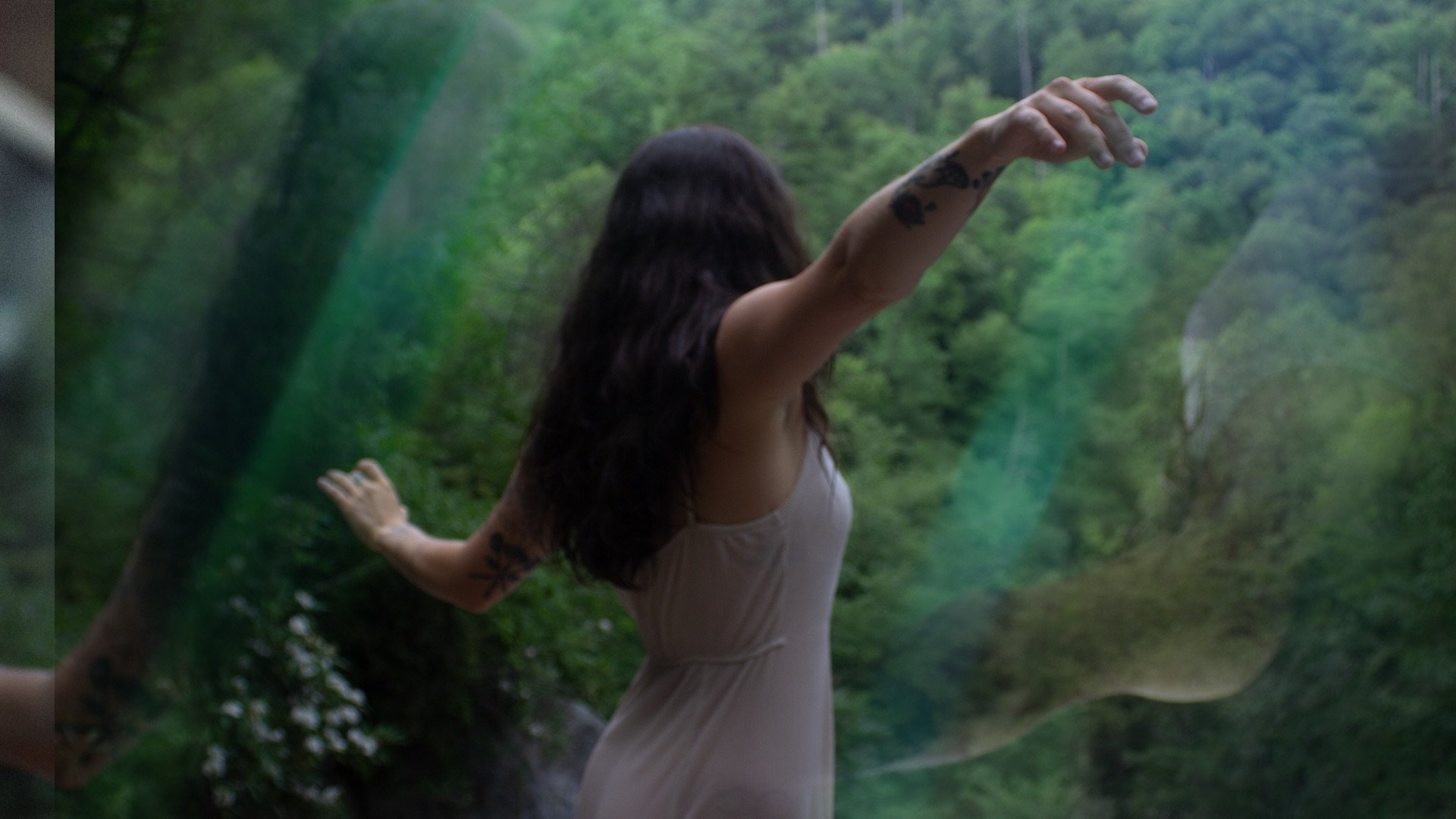
Let this be the new archetype:
Not Ophelia drowning, raging, or disappearing—
but Ophelia Awake.
Ophelia who stays.
Who sees herself.
Who chooses to live.
You, in all your contradictions.
You, fully feeling.
You, awake.
